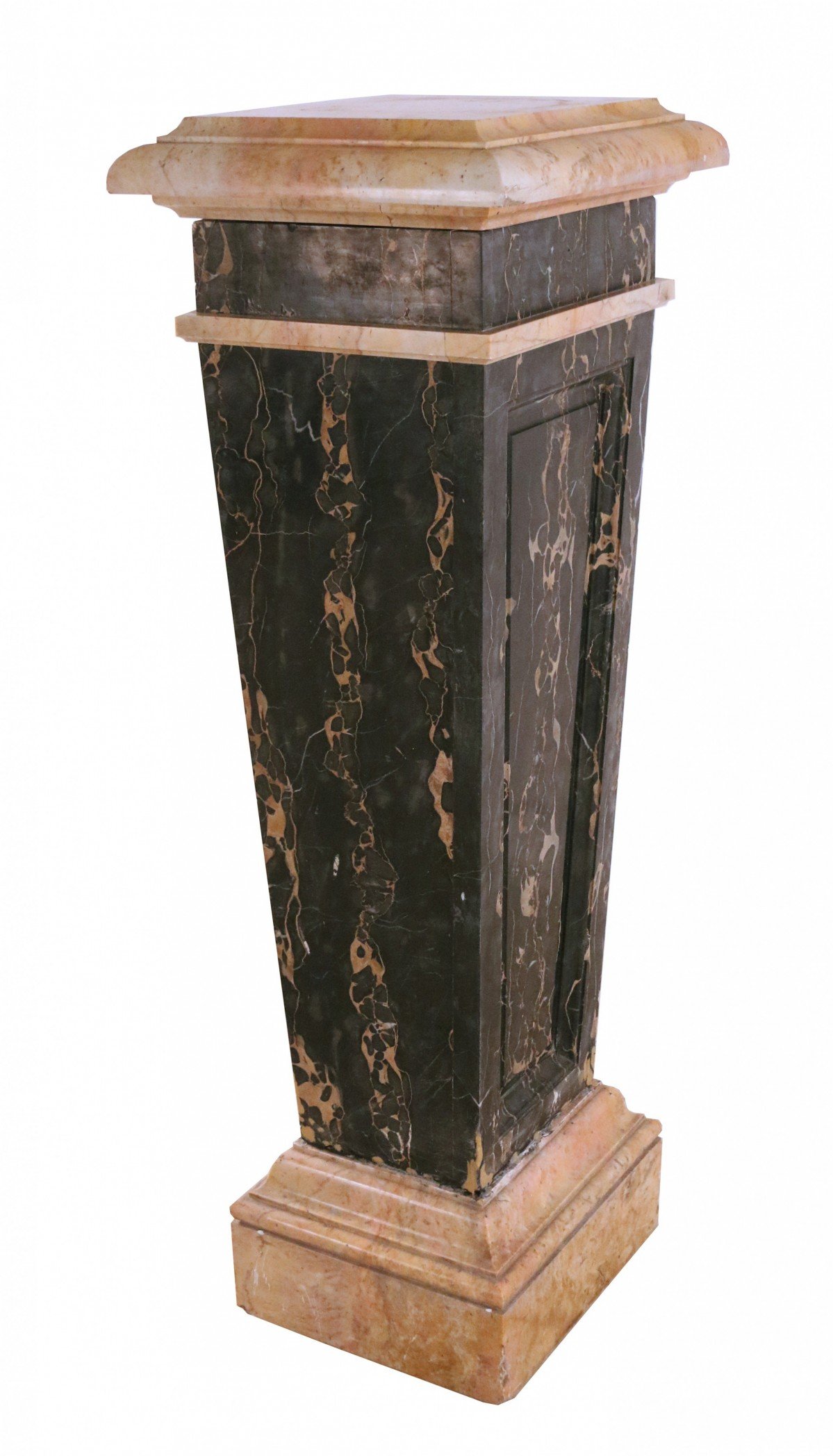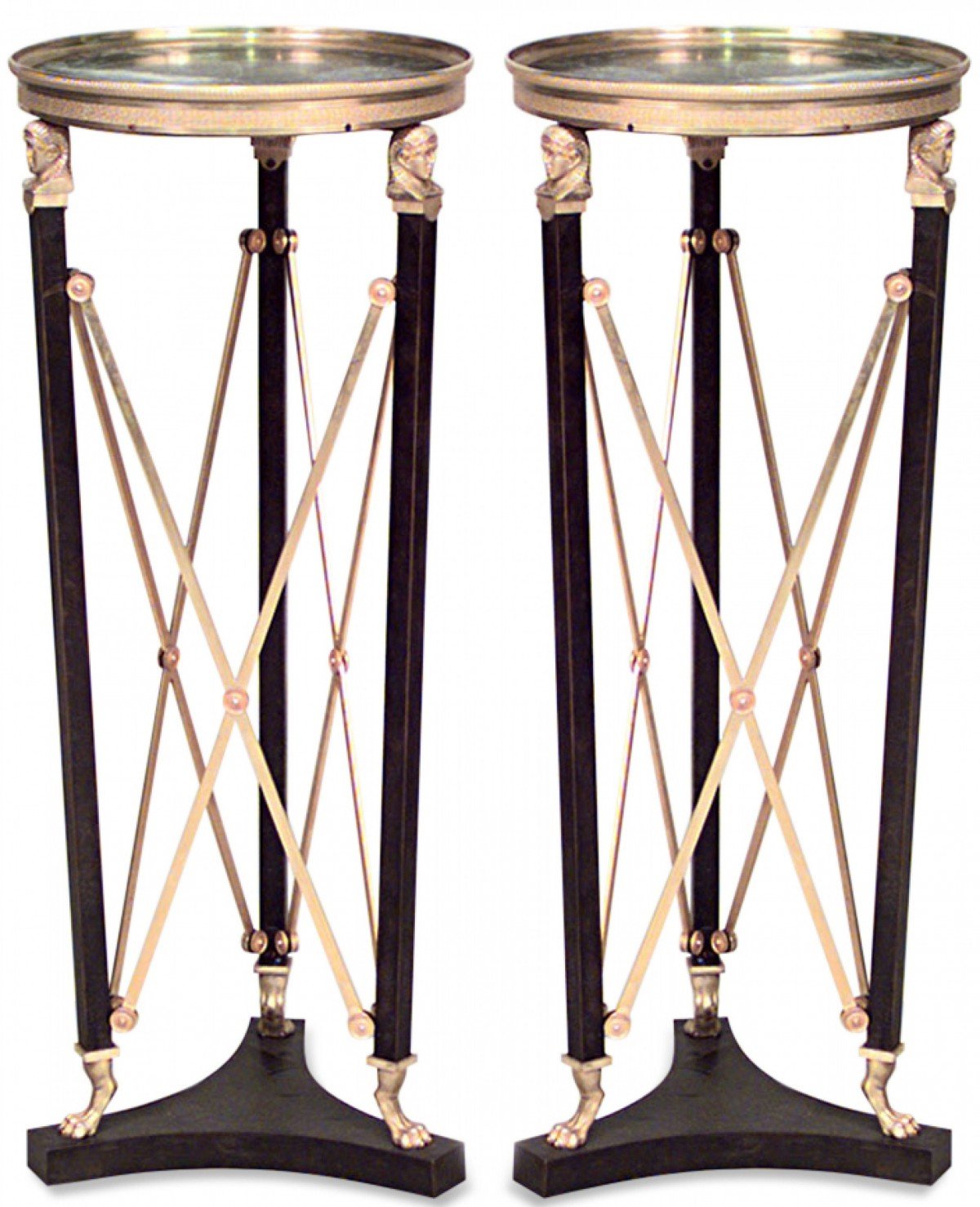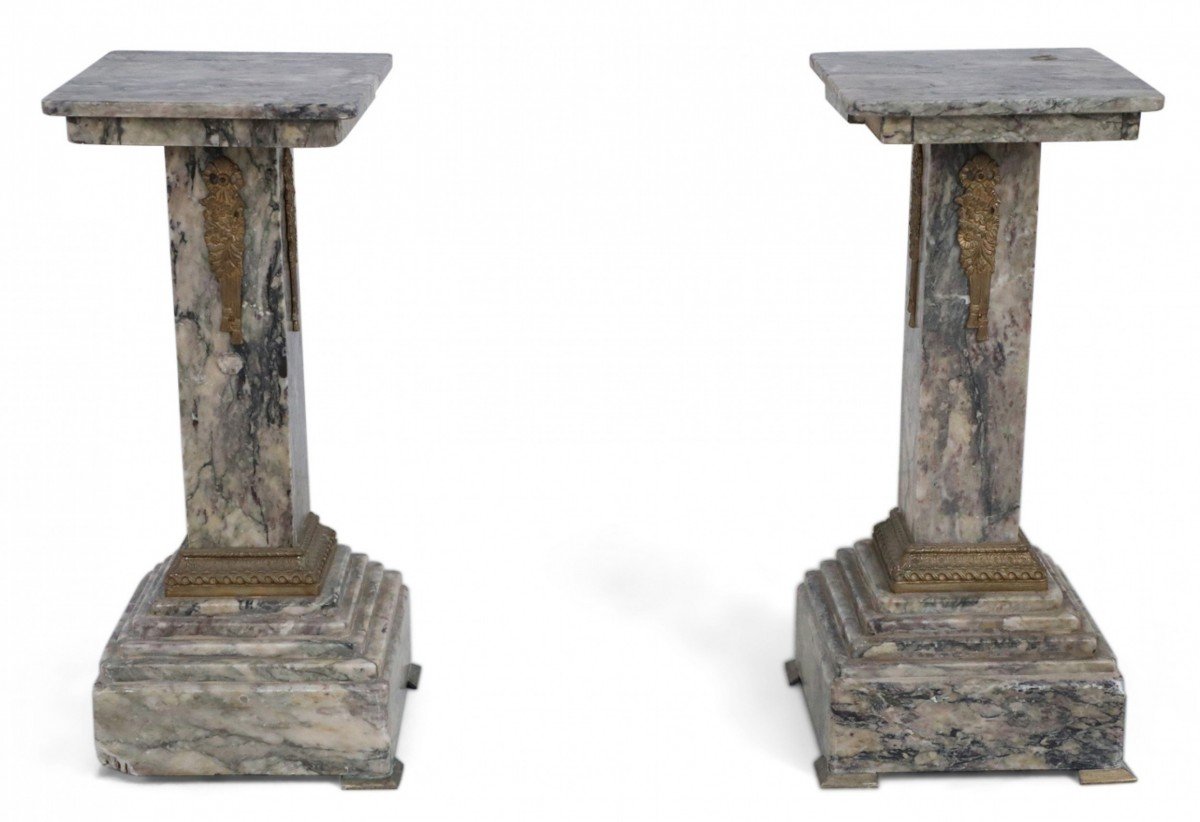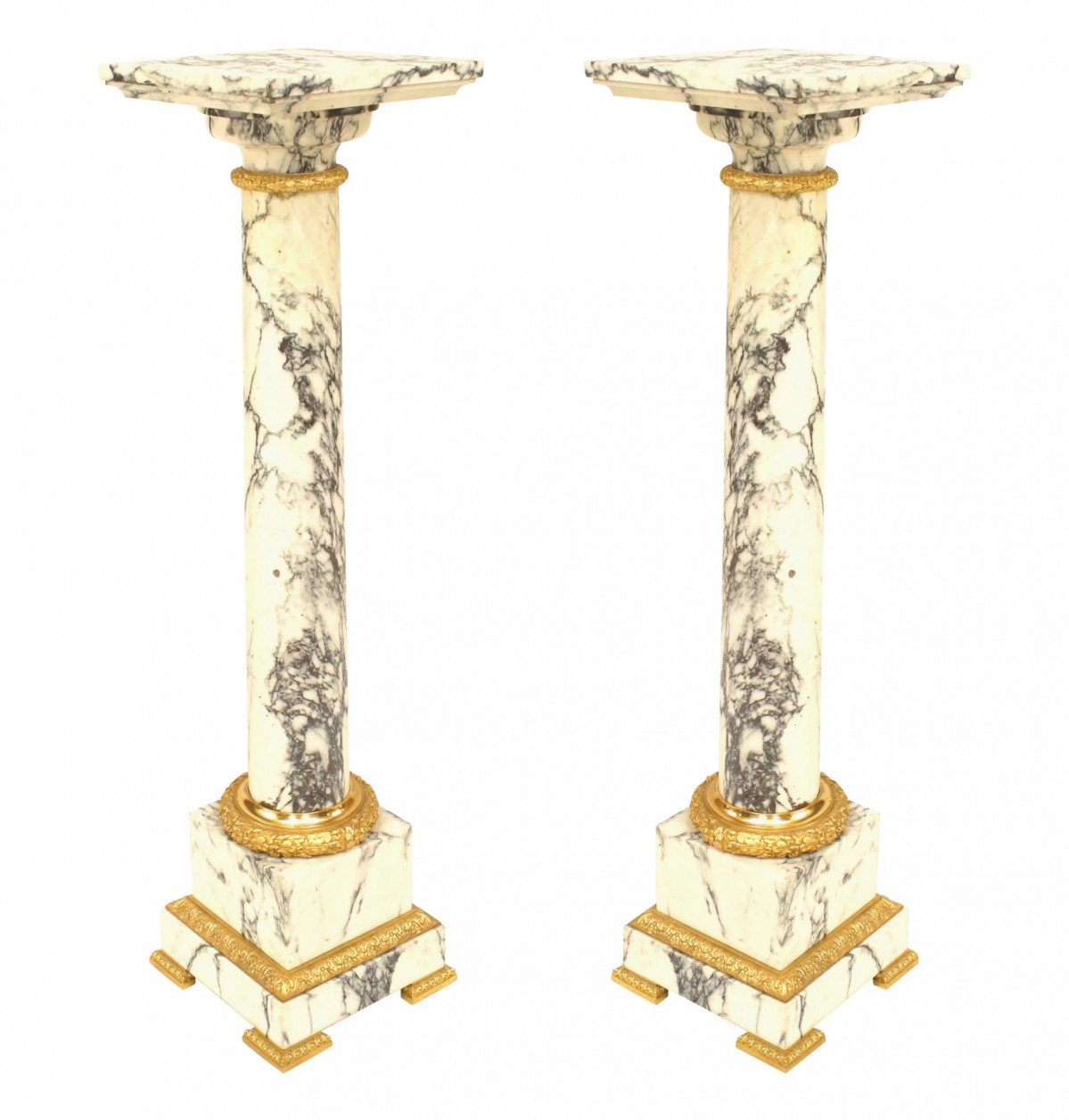X
{{ modalTitle }}
PLEASE FILL IN THE REQUIRED FIELDS.X
X
{{ modalTitle }}
Choose one of the options below.X
ITEM SUCCESSFULLY
ADDED TO PROJECT
Pair of French Empire Gilt Bronze Pedestals
 French
French Empire
Empire Tables, Pedestals/Display
Tables, Pedestals/Display Pedestals, Misc. Furniture
Pedestals, Misc. Furniture
Newel Warehouse
32-00 Skillman Ave
Long Island City NY - 11101
 (212) 758-1970
(212) 758-1970
Pair of French Empire Gilt Bronze Pedestals

Newel Warehouse
32-00 Skillman Ave
Long Island City NY - 11101
 (212) 758-1970
(212) 758-1970
 Tables, Pedestals/Display
Tables, Pedestals/Display Pedestals, Misc. Furniture
Pedestals, Misc. Furniture
About Maison Jansen
Maison Jansen was a prominent French interior design firm that operated from 1880 to 1989. Founded by Jean-Henri Jansen, the company quickly gained recognition for its luxurious and avant-garde designs, becoming one of the most influential interior design firms of the 20th century.
Jean-Henri Jansen, born in 1854 in The Hague, Netherlands, initially pursued a career in law. However, read more..
Empire
A period of design during the reign of Napoleon I. It was most prevalent between 1800 and the late 1820s. It was considered the second wave of neoclassicism and marked a return to ostentatious design, a departure from the more conservative Directoire period that directly preceded it. It was intended to idealize the majesty of the French state and Napoleonic rule. Mahogany was the most popular wood during the period, and brass ornamentation and dark marbles were in vogue. Greek, Roman, and Egyptian motifs were also widely used. The style spread throughout Europe and appeared in America in some of Duncan Phyfe's work.
Neo-classic
Neo-classic refers to the second revival of classic design for interior decoration in the 18th century. This style was inspired by excavations of Pompeii and Herculaneum that begun in 1738. Common motifs include dolphins, lyres, and urns.
Empire
A period of design during the reign of Napoleon I. It was most prevalent between 1800 and the late 1820s. It was considered the second wave of neoclassicism and marked a return to ostentatious design, a departure from the more conservative Directoire period that directly preceded it. It was intended to idealize the majesty of the French state and Napoleonic rule. Mahogany was the most popular wood during the period, and brass ornamentation and dark marbles were in vogue. Greek, Roman, and Egyptian motifs were also widely used. The style spread throughout Europe and appeared in America in some of Duncan Phyfe's work.
Neo-classic
Neo-classic refers to the second revival of classic design for interior decoration in the 18th century. This style was inspired by excavations of Pompeii and Herculaneum that begun in 1738. Common motifs include dolphins, lyres, and urns.
Empire
A period of design during the reign of Napoleon I. It was most prevalent between 1800 and the late 1820s. It was considered the second wave of neoclassicism and marked a return to ostentatious design, a departure from the more conservative Directoire period that directly preceded it. It was intended to idealize the majesty of the French state and Napoleonic rule. Mahogany was the most popular wood during the period, and brass ornamentation and dark marbles were in vogue. Greek, Roman, and Egyptian motifs were also widely used. The style spread throughout Europe and appeared in America in some of Duncan Phyfe's work.
Neo-classic
Neo-classic refers to the second revival of classic design for interior decoration in the 18th century. This style was inspired by excavations of Pompeii and Herculaneum that begun in 1738. Common motifs include dolphins, lyres, and urns.












